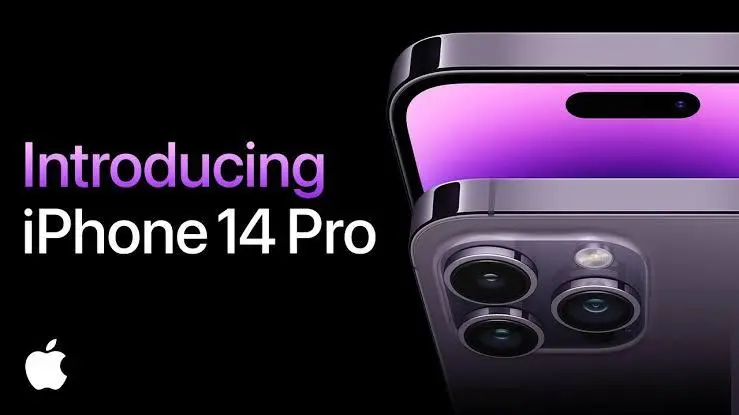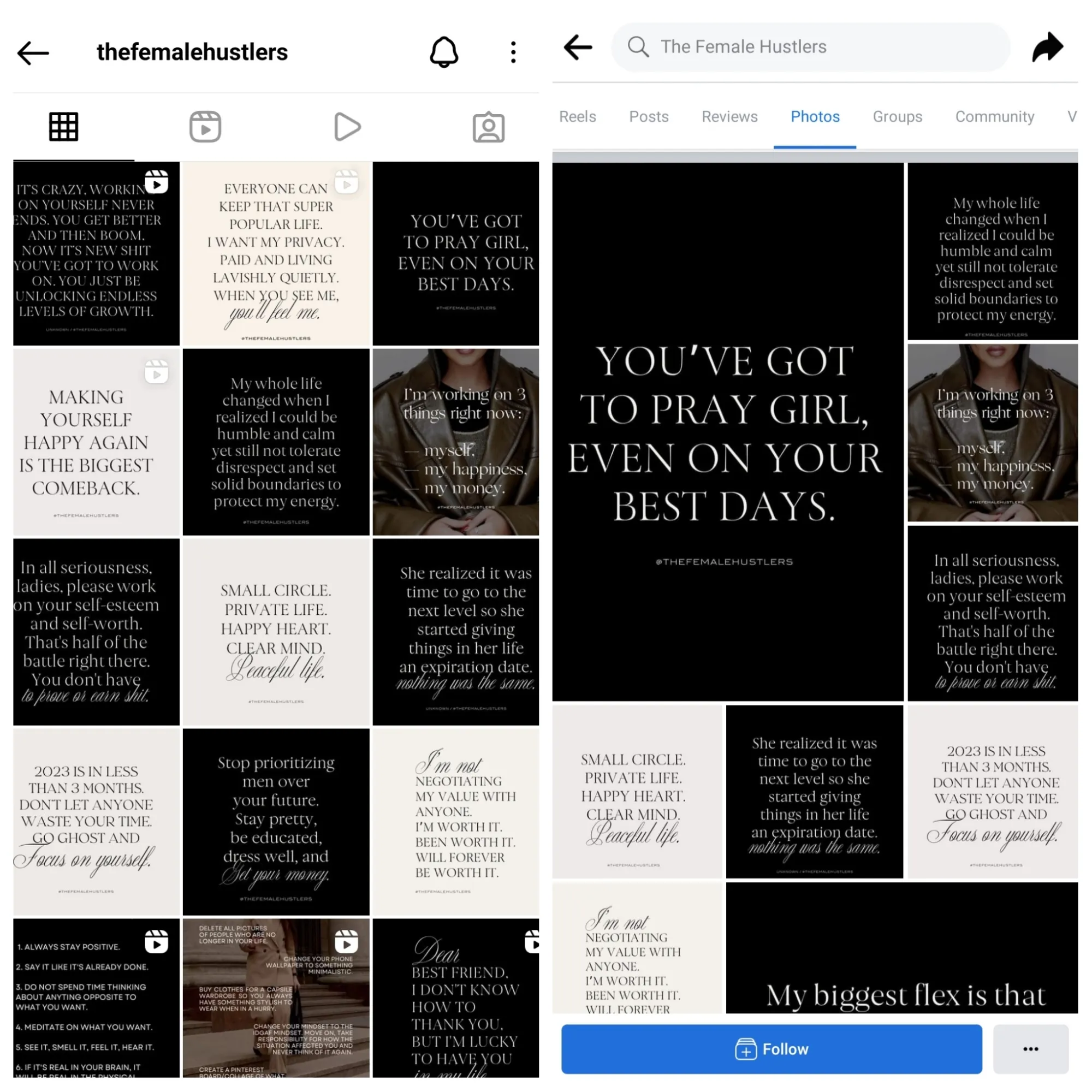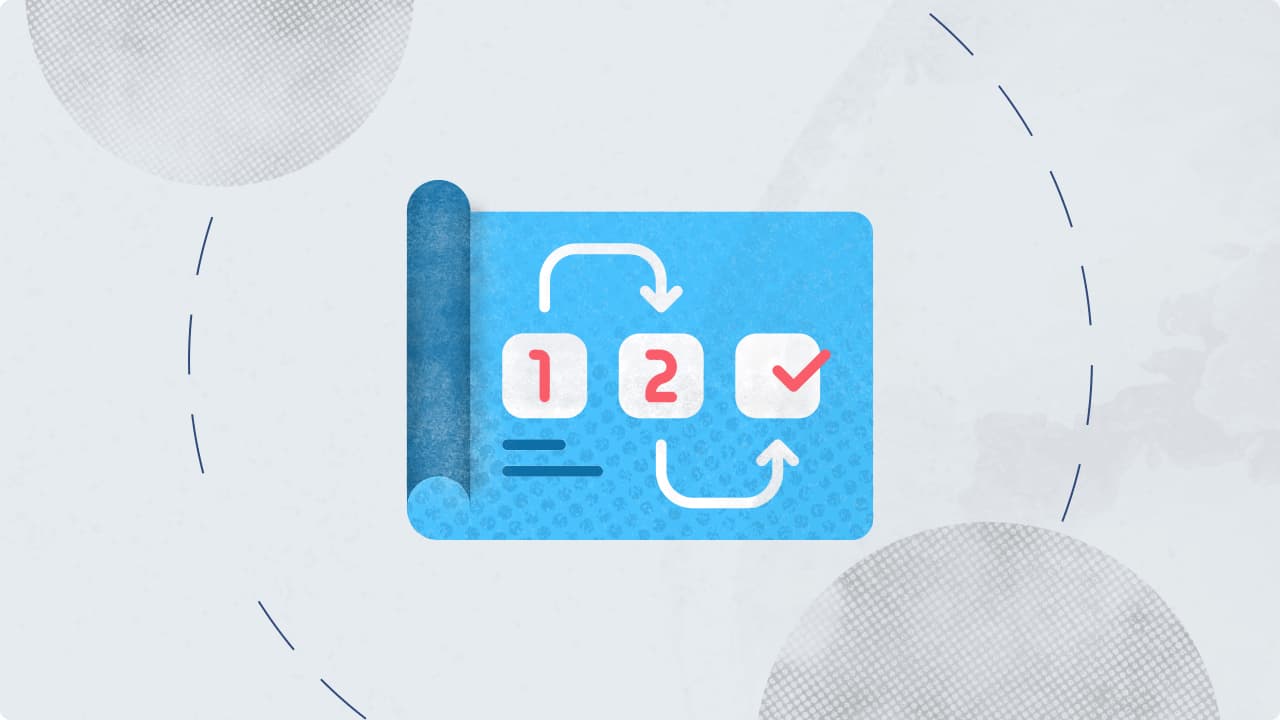Marketing was always challenging. But modern technologies have made it even more complicated.
Today, customers use social media to instant chatbots to connect with businesses before making a purchase decision. On average, it takes 8 touchpoints to get the first response from a lead.
Business automation solutions have further fueled the marketing fire. Marketing and analytical tools have enabled marketers to dig deeper into a customer profile, personalize marketing campaigns and meet customers everywhere.
You must market your business on multiple channels to reach your potential clients.
Multichannel marketing is not a new topic. Marketers have been targeting different marketing channels for years. Whether print or social media, marketing teams always use all the potential channels to promote their brands.
But, the problem is that they don’t know which marketing channels can drive maximum returns for their brands.
However, you can connect with your potential customers on result-driven marketing channels by implementing the right multichannel marketing strategies.
This guide shows you how to create a successful multichannel marketing strategy for your business. So, let’s get rolling.
Table Of Contents:
- Difference Between Multichannel & Omnichannel Marketing
- 4 Pillars of the Successful Multichannel Marketing Strategy
- 10 Tips To Build A Multichannel Marketing Strategy
- Build Your Multichannel Marketing Strategy Now!
You can directly jump to a section of your choice or keep scrolling.
Difference Between Multichannel & Omnichannel Marketing
People often get confused between multichannel and omnichannel marketing. Both terms are the same, with semantic differences.
Multichannel marketing means using different marketing channels to promote a brand, like social media, PPC, email marketing, and many more.
It doesn’t mean only targeting online marketing channels. Offline marketing channels are also part of this strategy, like billboards, flyers, and many more.
The only difference between multichannel and omnichannel marketing is a cohesive customer experience. Omnichannel marketing emphasizes creating a consistent customer experience across marketing channels.
The objective behind this marketing is that customers must get the same experience on all the marketing channels.
iPhone 14’s marketing structure can help you better understand multichannel and omnichannel marketing.
At the iPhone 14 launch event, the same dark and neon color theme is followed like the iPhone 14 TV commercials.

Source: Apple YouTube
4 Pillars of the Successful Multichannel Marketing Strategy
Before exploring the best multichannel marketing strategies, we would like to share 4 essential pillars of this marketing strategy. A successful multichannel marketing plan always consists of these elements:
-
Clear Message: A marketing channel's success depends on how clear and targeted your marketing message is. You must understand the marketing channel and your targeted audience to create a clear brand message.
-
Brand Awareness: The purpose of multichannel marketing is to create brand awareness. Therefore, you must select marketing channels that enable you to promote your brand among a targeted audience base.
-
Objectives: Every marketing channel has a different objective. For example, social media helps to create engagement and content marketing with brand awareness.
-
Consistent Experience: Create a consistent marketing experience across all your targeted channels. Customers should feel like they are interacting with only one marketing message.
10 Tips To Build A Multichannel Marketing Strategy
Currently, 94% of marketing teams are invested in multichannel marketing. Most marketers understand that presence on multiple marketing channels is essential to building an agency-client relationship.
However, if you have not started with multichannel marketing yet, then here are some crucial tips to build a multichannel marketing strategy that can give you a competitive edge and fast results.
1. Define “Why”
“Why” is the foundation of every marketing strategy. It helps you understand the reason behind investing in a marketing strategy.
When you answer why you are creating a multichannel marketing plan, it can help you understand gaps in your marketing strategy. You can also understand what you need to overcome those marketing gaps.
Suppose your objective is to get more reviews to build your brand authority. In that case, you need to target marketing channels where your customers can leave reviews.
For instance, you can create your business profile on review websites like Capterra, G2, Clutch, etc. In addition, local businesses can target Google reviews, and B2B companies can ask for LinkedIn reviews.
So, “why” is essential to create a roadmap for your multichannel marketing strategies.
2. Build Your Buyer's Persona
The main benefit of multichannel marketing is that it helps you connect with potential customers at the right time.
But, to achieve that, you have first to understand your customers. You need to know where your targeted customers are and how you can reach them.
This can only happen when you create a buyer persona. Then, you can start creating your buyer persona using your existing customer database. For example, data present in your CRM is the best starting point.
But, you should not only depend upon your historical customer data to define your buyers. You must also use external resources to collect real-time data.
For example, you can run a SWOT analysis on your social media campaigns to understand your audience's requirements. You can use contact forms, send survey forms via emails or interview your customers over a call.
The success of your multichannel marketing strategy depends upon your buyer persona. The more detailed research you conduct to create your customer's personality, the better marketing channels you can select to promote your brand.
3. Segment Your Audience
After defining your buyer’s persona, you must group your buyers based on similarities. It can help you draft personalized marketing messages for each group.
Almost 72% of consumers claimed that they engage with marketing messages that are personalized for them. So, segmenting your audience can help you create personalized marketing messages to share over different marketing channels.
Audience segmentation can also guide you in selecting the right marketing channels. In addition, segmenting your audience helps you dig deeper into their buyer’s journey.
You can see how your potential leads turn into paying customers. Since every customer has a different start and end point in your sales pipeline; thus, you can fill all the crucial marketing gaps you are missing.
For example, it is a common belief that B2B businesses are more active on LinkedIn. It is indeed true that most businesses are present on LinkedIn today.
But, it doesn’t mean Instagram is not also the right platform to connect with businesses. As of now, there are 2 million businesses present on Instagram. Besides this, all business decision-makers are humans and very active on Instagram, Facebook, and Twitter.
Segmentation can remove all the guesswork. It can enable you to map your customer’s journey to target the right marketing channels.
4. Use Your Website As A Marketing Channel
Your business website is the most important marketing channel. Potential leads convert to your site.
An SEO-optimized website can help you rank on search engines and drive organic traffic.
In addition, users can access your website across all devices like desktops, mobiles, tablets, etc.
Thus, use your buyer’s persona and research data to customize your website UI. The simple and engaging interface can motivate your potential buyers to take action.
Importantly, leverage your content. Develop an intensive content marketing guide to provide multiple touchpoints to your customers.
You can publish different content formats to connect with your audience at each sale funnel stage, like:
- Blogs to provide value
- Case studies for brand awareness
- Ebooks for lead generation, etc.
HubSpot is doing a great job with multichannel content marketing. They use blogs, case studies, ebooks, and many other content distribution channels to create their website with a rich marketing point.

5. Select Your Marketing Channels
More is always better when you want to market your services. But marketing is an expensive operation.
It takes time and money to market on multiple channels. According to WebFX,just only social media marketing costs around $4000 to $7000 per month.
For small businesses, it is impossible to target multiple channels for marketing in their limited budget.
Therefore, you must select one or two marketing channels that bring high returns based on your marketing budget. It can help you maintain marketing and profit balance.
You can invest more in marketing when you get maximum returns from each targeted channel.
Invest in some good analytical tools to find profitable marketing channels for your business. After that, monitor your campaigns across all marketing channels.
For example, run the same ad campaigns on Facebook, Instagram, or Twitter to see which channel generates more leads.
6. Invest In Marketing Automation
Since we are on the topic of analytical tools, it is important to discuss marketing automation. Multichannel marketing is impossible without marketing tools.
You need the right marketing tools to create content, schedule posting, and monitor progress on each marketing channel.
Suppose you want to target Facebook, Instagram, and Twitter to create brand awareness. In that case, you must invest in the powerful SMM panel to support your campaigns on all social media marketing channels.
In the same way, you need dedicated tools for email marketing, content marketing, and more.
7. Consistent Marketing Message
Consistent user experience is the main objective of multichannel marketing. Therefore, never lose sight of your main marketing message, no matter how many marketing channels you target at one time.
All your marketing campaigns must drive viewers towards one message whilemaintaining the brand voice and tone.
The Female Hustlers is a good case to understand this. Their Instagram and Facebook feeds maintain a consistent checkboard theme conveying the same message across their socials with inspirational growth-centric posts and quotes.

8. Stay True To Your Selected Marketing Channels
Even though a consistent message is an essential element of multichannel marketing, you cannot follow the same marketing strategy on all channels.
Every marketing channel has different requirements that you must abide by to expand your reach.
For example, Instagram is a visual marketing channel. So your photo quality and hashtags make a big difference on Instagram.
On the contrary, LinkedIn is a content-driven platform. As a result, valuable and strategic content performs better on LinkedIn.
For that reason, you need to stick with a consistent message but also need to play by the rules of your selected marketing channel.
9. Focus Analysis And Performance Measurement
Performance measurement is an important part of multichannel marketing. Constant analysis is crucial to select the right marketing channels to promote your brand.
Your targeted audience preferences and needs can change with time. Therefore, you cannot trust historical figures while developing your multichannel marketing strategy. Instead, you need real-time data to plan your multiple marketing campaigns.
For that purpose, you need to create a performance analysis plan. You need to define the following criteria while creating your measurement plan:
- Which key metrics will you target in the report?
- At which frequency will you create a multichannel marketing report?
- Who is responsible for creating this report?
- How and when will progress be determined?
Several metrics can help you create a multichannel marketing plan, such as:
- Linear Attribution Model: Provides equal attribution to all touch points per sale while disregarding influence.
- Time Decay Model: Gives more weight to the most recent touch points.
- Position-Based Model: Assigning more weight to touch points throughout the lead's lifecycle.
10. Leverage Retargeting
Finally, don’t forget to use retargeting strategy to fuel up your multichannel marketing campaigns. Retargeting is advertising that targets your potential customers across multiple channels.
Have you ever wondered why you see shoe ads on your Facebook and Instagram accounts after opening a shoe store on your browser?
Well, that is the power of retargeting. It targets your potential leads through multiple campaigns until they convert.
Retargeting is a powerful marketing strategy. For example, PR newswire research shows that retargeting generated the highest lift in business name searches by 1,046%.
But this doesn’t mean you should target every visitor that lands on your business website. Instead, you need to use a lead scoring system to select the potential accounts for retargeting.
You must target only those accounts which have higher chances of converting.
For example, if a person abandoned a cart on your website, you can send them targeted messages first, as they will likely convert more than anyone who bounced back from your homepage.
Build Your Multichannel Marketing Strategy Now!
There you go, people! You have explored the best 10 multichannel marketing strategies that work for all businesses. We have shared some simple and effective multichannel marketing strategies you can start implementing today.
On a parting note, we suggest you focus on your marketing objectives and buyer’s persona. It can help you select the right marketing channel and define your brand messages supporting each channel.
Besides this, don’t forget to monitor your marketing campaigns constantly to receive maximum output.
If you are just getting started with social media marketing or are struggling with growing your business on socials, then Statusbrew is the solution for you. With our top-tier Engage, Publish, Social Listening, Social Reporting, Team Collaboration, and many more features, you're in for your business's social growth.
Book a free demo now to learn more about how Statusbrew can help! ?
Statusbrew is a unified Social Media Management tool that supports Facebook, Instagram, Twitter, YouTube, Linkedin, and even Google My Business!




Explore the Statusbrew range of social media tools
Cancel anytime!